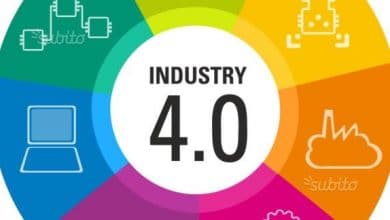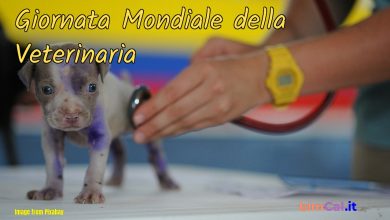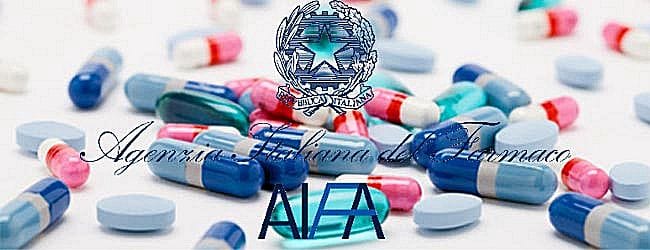
The use of antibiotics in Italy, despite the decreasing trend, is still higher than the European average. And if in 2017 the global consumption of these drugs in our country was equal to 25.5 Ddd/1000 inhabitants per day (average number of drug doses consumed daily by 1000 inhabitants, which is 21.7 in Europe), a great variability in consumption and expenditure between the Regions is confirmed, with higher values in the South and Islands and lower in the North. This is what emerges from the report "The use of antibiotics in Italy" by the Italian Medicines Agency (Aifa).
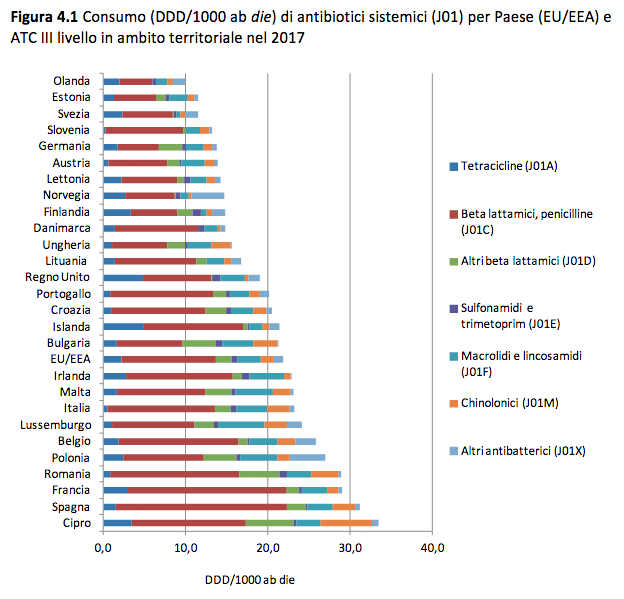 More than 85% of doses, equal to 21.8 Ddd/1000 inhabitants per day, were paid by the National Health Service (NHS), with a reduction of 1.6% compared to 2016. This figure includes both antibiotics supplied under agreed assistance (from public and private pharmacies) and those purchased from public health facilities. National per capita expenditure (14.33 euros) also decreased by 1.7% compared to the previous year.
More than 85% of doses, equal to 21.8 Ddd/1000 inhabitants per day, were paid by the National Health Service (NHS), with a reduction of 1.6% compared to 2016. This figure includes both antibiotics supplied under agreed assistance (from public and private pharmacies) and those purchased from public health facilities. National per capita expenditure (14.33 euros) also decreased by 1.7% compared to the previous year.
The 90% of the consumption of antibiotics paid by the NHS (19.7 Ddd/1000 inhab day) is under an agreed assistance regime, confirming that a large part of the use takes place following the prescription of the general practitioner or pediatrician of free choice. A very marked seasonal trend is observed in consumption between the winter and summer months, which pass from a minimum of 13.2 Ddd/1000 inhabitants per day in August to a maximum of 27.29 Ddd/1000 inhabitants per day in January. The more frequent use of antibiotics in the winter months is correlated with the flu peaks observed over the years.
The Campania and Puglia Regions show the most important contractions in consumption (-5.5% and -6.8% respectively) and a substantial drop in spending (-5.1% and -8.5% respectively). On a national basis, the analysis of the drug use profile by age group and gender confirms a greater consumption of antibiotics in extreme age groups, with a higher level in the first 4 years of life (prevalence of use 58.2% in males and 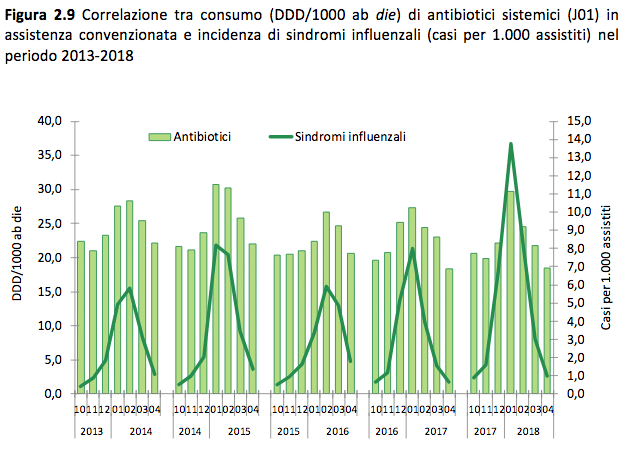 55.3% in females) and after age 75 (prevalence of use 50.6% in men and 50.8% in women); there is also a more frequent use of antibiotics for women in the intermediate age groups and for men in the extreme ones.
55.3% in females) and after age 75 (prevalence of use 50.6% in men and 50.8% in women); there is also a more frequent use of antibiotics for women in the intermediate age groups and for men in the extreme ones.
During 2017, 41.4% of the pediatric population (0-13 years) belonging to the 6 regions analyzed (Lombardy, Veneto, Tuscany, Lazio, Campania and Puglia) received at least one prescription for systemic antibiotics, and an average of 2.6 packs of these drugs were prescribed. A peak prevalence of 50% use is observed, with no differences between males and females, in the first year of the child's life. This value remains almost constant up to 6 years of age. The prevalence then decreases progressively up to 13 years, when it settles at 30%.
Penicillin combinations (including beta-lactamase inhibitors) represent the class with the highest prevalence of use, followed by macrolides and cephalosporins, antibiotics considered second choice according to guidelines for the treatment of the most common pediatric infections. The use of penicillins associated with beta-lactamase inhibitors (predominantly amoxicillin/clavulanic acid) in 2017 amounted to 438 prescriptions per 1,000 children per year, about three times as many as in the more selective group of penicillins, mostly represented by amoxicillin.
AIFA. The use of antibiotics in Italy - National Report 2017



